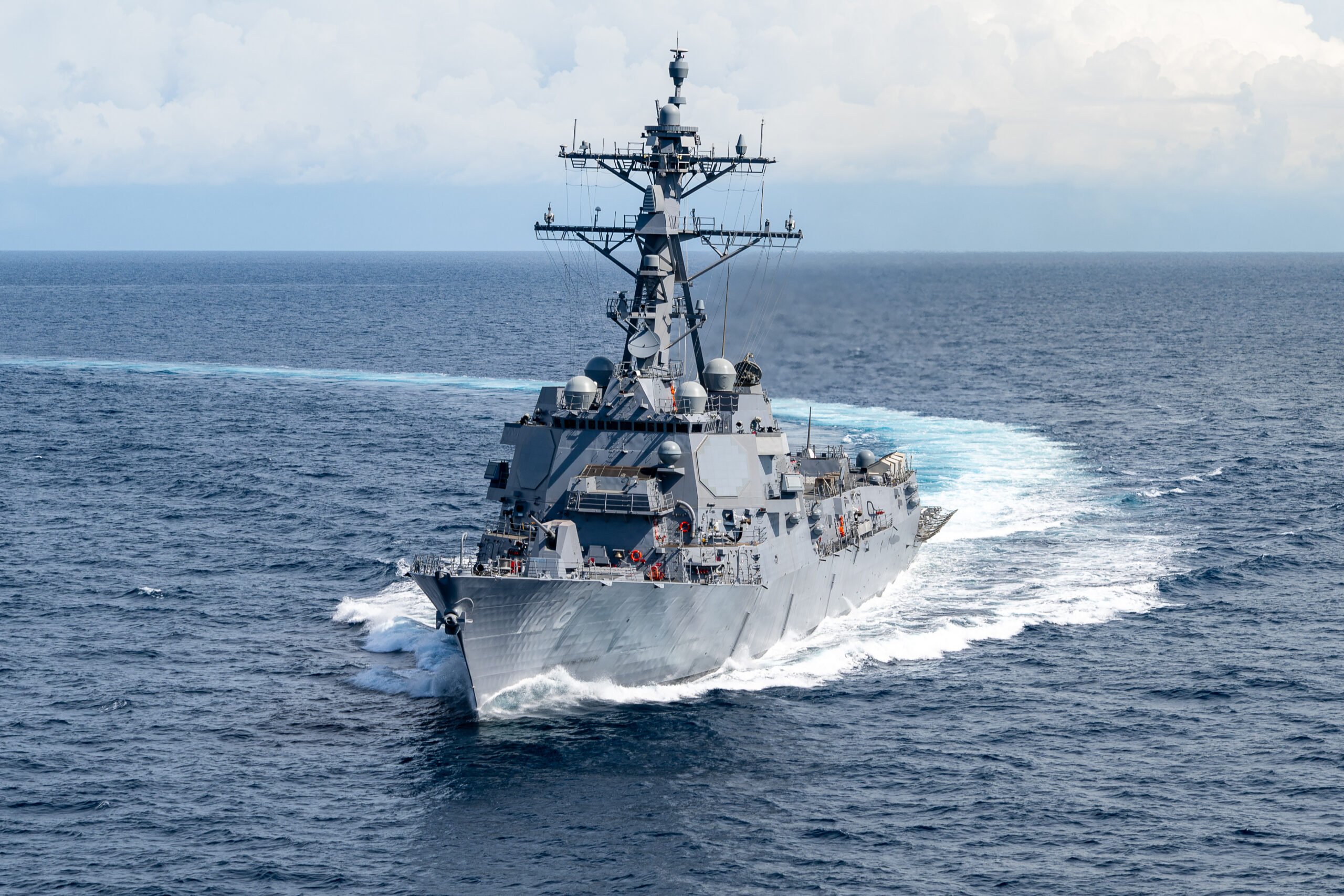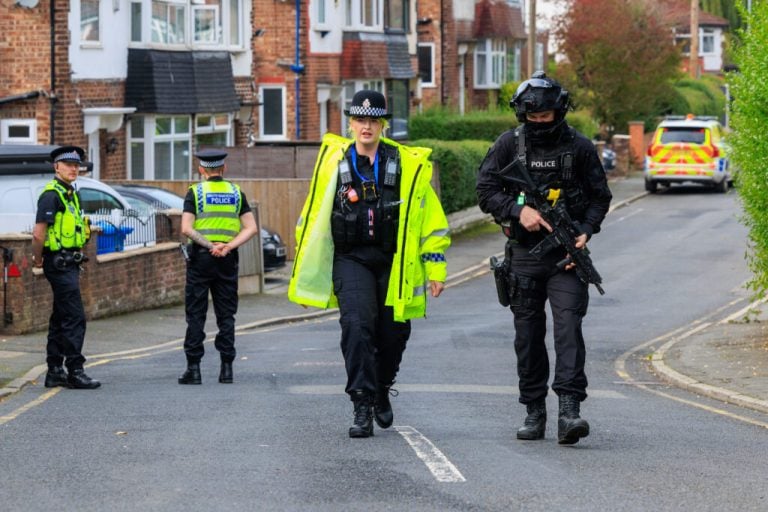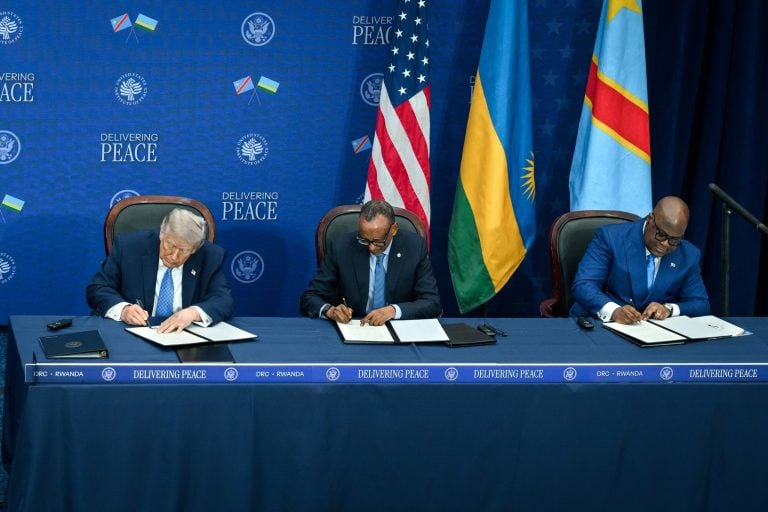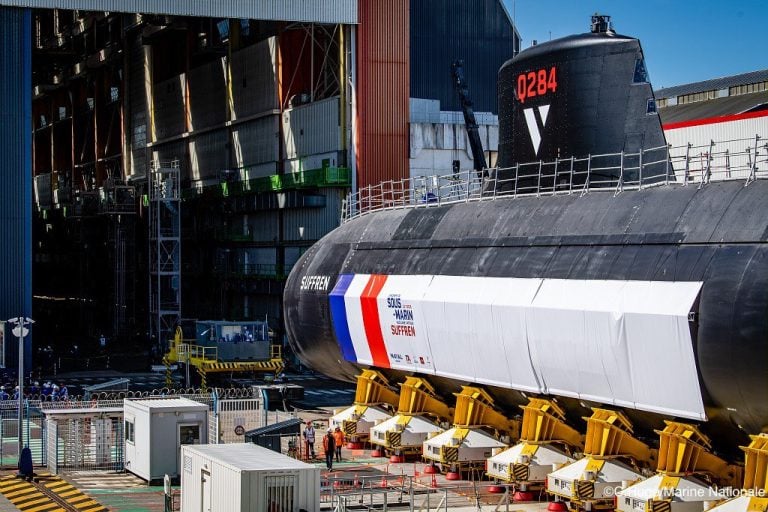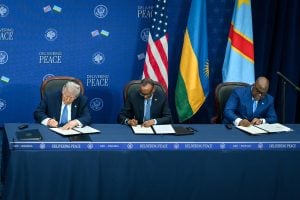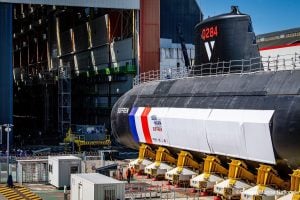HII has successfully completed the second round of sea trials for the U.S. Navy’s 78th Arleigh Burke-class guided-missile destroyer, USS Ted Stevens (DDG 128). This milestone marks an essential phase in the ship’s journey toward delivery, following the initial tests conducted in late September in the Gulf of Mexico.
During the multi-day assessment, HII personnel and military crews rigorously evaluated the destroyer’s engines, navigation systems, and weapons capabilities, ensuring that the USS Ted Stevens is fully prepared for upcoming acceptance trials and commissioning into active service. Among the major components tested were the cutting-edge AN/SPY-6 radar and the upgraded Aegis Baseline 10 combat system. These advancements are designed to enhance the ship’s ability to detect and counter maritime threats as part of the Flight III configuration of the Arleigh Burke fleet.
Ben Barnett, the Arleigh Burke program manager at HII Ingalls Shipbuilding, praised the strong collaboration between the Ingalls team and the Navy throughout the trial. “The Ingalls and Navy team demonstrated tremendous teamwork during this trial and are fully committed to delivering DDG 128 to the fleet,” he remarked. Barnett underscored the focus on rigorous testing to ensure that all systems are operational before the ship’s delivery.
The USS Ted Stevens is the third destroyer in the new Flight III series of Arleigh Burke vessels, an upgraded iteration of the class that has been in service since the 1980s. The Flight III destroyers feature advanced sensors, enhanced firepower, and improved combat capabilities. To date, HII has delivered a total of 35 Arleigh Burke-class destroyers, including the first Flight III ship, USS Jack H. Lucas (DDG 125).
Including vessels produced by its partner, General Dynamics Bath Iron Works, the total number of Arleigh Burke-class warships in existence exceeds 90, with 74 currently operational as of late 2024. The shipyard in Pascagoula, where the Ted Stevens is being constructed, is also working on five additional destroyers: Jeremiah Denton (DDG 129), George M. Neal (DDG 131), Sam Nunn (DDG 133), and Thad Cochran (DDG 135), the latter of which had its keel authenticated in late October.
The Arleigh Burke-class destroyers are designed to provide enhanced lethality and capabilities to the U.S. Navy. Measuring between 505 and 510 feet in length, depending on their configuration, these vessels employ three Allison T56 generators and four General Electric LM2500 gas turbines, achieving speeds of up to 30 knots and a range of 4,400 nautical miles. Equipped with a diverse array of missiles, rockets, naval artillery, countermeasures, and electronic warfare systems, the destroyers are capable of effectively engaging surface, underwater, airborne, and land-based targets. Each ship can accommodate up to 300 personnel and includes specialized areas for maritime helicopters and small rigid-hull inflatable boats.
